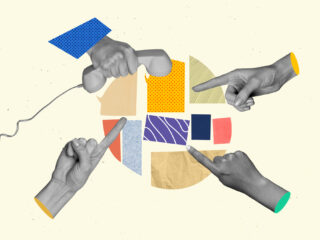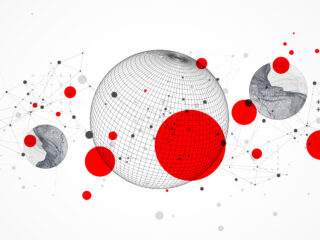Have you noticed the rise of puffy fonts in recent designs? These playful, three-dimensional letters are popping up everywhere, from logos to social media posts. In this article, we’ll take a closer look at this trend, explore its origins, and discuss how designers are using puffy fonts in their work.
First, let’s define what we mean by “puffy fonts.” Puffy fonts are a style of typeface that gives the appearance of being inflated or puffed up. The letters often have rounded edges and a slight gradient, creating a three-dimensional effect. These fonts can be either sans-serif or serif, and they come in a variety of sizes and colors.
The origins of puffy fonts can be traced back to the early days of graphic design. In the 1970s and 1980s, designers began experimenting with new techniques to create more dynamic and visually interesting typefaces. One of these techniques was to use shading and gradients to create the illusion of depth. This led to the development of puffy fonts, which became popular in the 1990s.
Fast forward to today, and puffy fonts are making a comeback. Designers are using them in a variety of ways, from branding to social media graphics. One reason for their popularity is that they add a fun and playful element to designs. Puffy fonts are great for brands that want to convey a sense of whimsy or lightheartedness. They’re also a great way to add dimension and texture to flat designs.
Another reason for the popularity of puffy fonts is their versatility. They can be used in a variety of design contexts, from logos to headlines to body copy. They work well in both print and digital formats, and they can be easily scaled up or down without losing their impact.
So, how are designers using puffy fonts in their work? Here are a few examples:
Logos: Puffy fonts are great for logos because they stand out and are easy to read. They also add a sense of playfulness to a brand’s identity. For example, the logo for the fitness brand Peloton uses a puffy font to convey a sense of energy and movement.
Social media graphics: Puffy fonts are perfect for social media graphics because they’re eye-catching and easy to read on a small screen. They can be used for everything from captions to headlines. For example, the popular Instagram account @wearemitu uses puffy fonts in its graphics to convey a sense of fun and humor.
Packaging: Puffy fonts are a great way to make packaging stand out on a crowded shelf. They add a tactile element that makes products feel more premium. For example, the packaging for the snack brand Popchips uses a puffy font to make its products look more fun and playful.
In conclusion, puffy fonts are a fun and versatile trend in graphic design. They add dimension and texture to designs, and they’re great for brands that want to convey a sense of playfulness. Whether you’re designing a logo, a social media graphic, or a package, consider using a puffy font to add some extra flair to your design. Check out our Pinterest board we have curated with the latest puffy fonts here.
Sarah Wilkinson
CEO/Creative Director
Follow Along on Our Social Media




